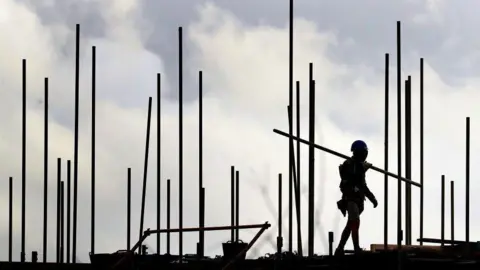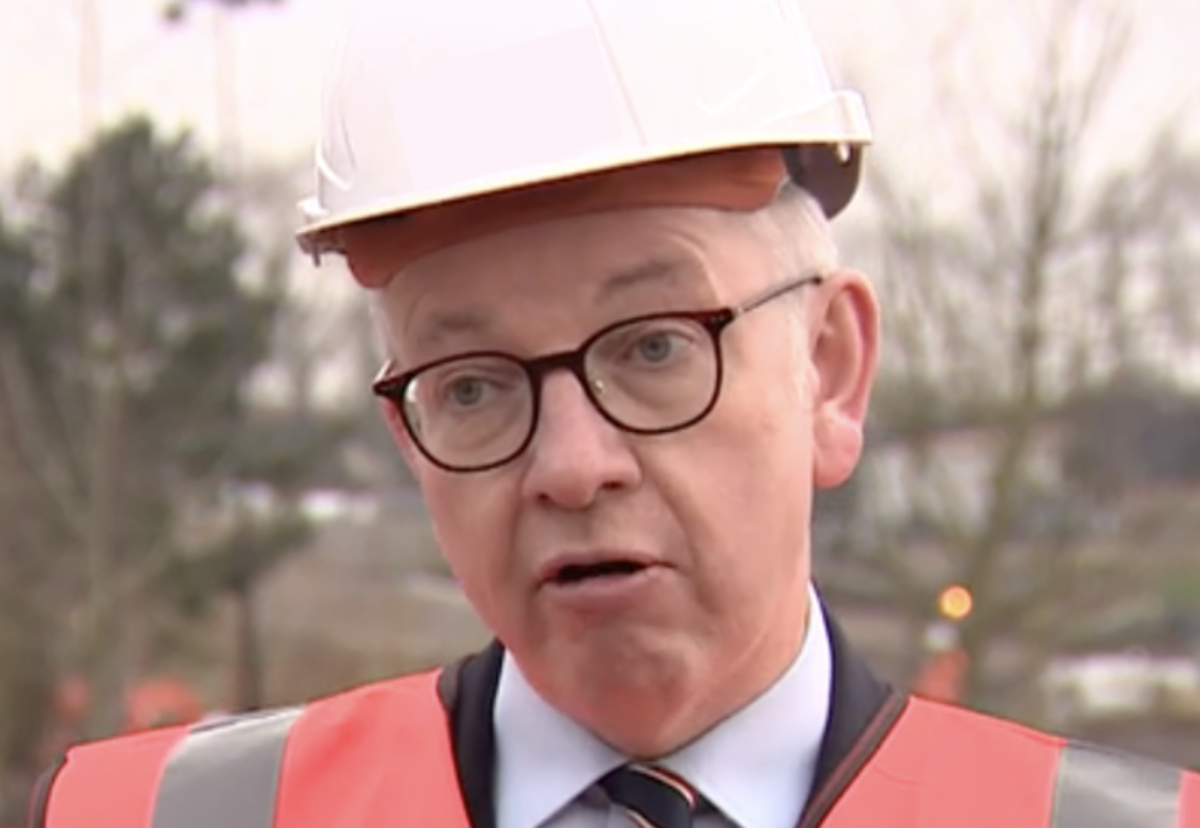The Secretary of State for Levelling Up, Housing, and Communities issued an Article 31 notice regarding the redevelopment plans for the 140 and 150 London Wall sites, known as Bastion House and the former Museum of London. This action halted the City of London Corporation Planning Applications-Sub Committee from granting full permission for the scheme at their recent meeting, pending further consideration by Michael Gove.
The proposed scheme includes the demolition of existing buildings and the construction of new structures, with an emphasis on delivering approximately 56,000 square meters of office space designed to accommodate nearly 3,100 jobs. Public consultation on the London Wall West proposals began in Spring 2021 and has led to significant revisions, such as the incorporation of 13 and 16-storey towers.
Michael Gove, in his capacity as the decision-maker, faces a critical juncture following a recent setback involving the refusal of planning permission to M&S for the redevelopment of its flagship store at Marble Arch. Despite Gove initially siding with campaigners advocating for the refurbishment of the building due to its embedded carbon, a High Court judge ruled in favor of the retailer.

Gove Delays Another Significant Building Project (Credits: BBC)
The City of London Corporation emphasizes the sustainability aspect of the proposed redevelopment, citing a Whole Life Carbon assessment that favors demolition and redevelopment as the most sustainable course of action. Demolition of the existing site is slated to commence in 2028, with completion targeted for late 2033.
Shravan Joshi, Chairman of the City of London Corporation Planning and Transport Committee, underscores the significance of the resolution to grant permission for the London Wall West proposals. He asserts that this decision aligns with the city’s strategic objective of meeting the growing demand for office space, projecting forward to 2040 and considering factors such as anticipated job growth and evolving work patterns.
In essence, the ongoing deliberations surrounding the redevelopment of the London Wall sites reflect broader considerations regarding urban development, sustainability, and economic growth. The outcome will not only shape the physical landscape of the City of London but also influence its status as a global economic hub, signaling to investors the commitment to fostering a dynamic environment conducive to collaboration and innovation.























